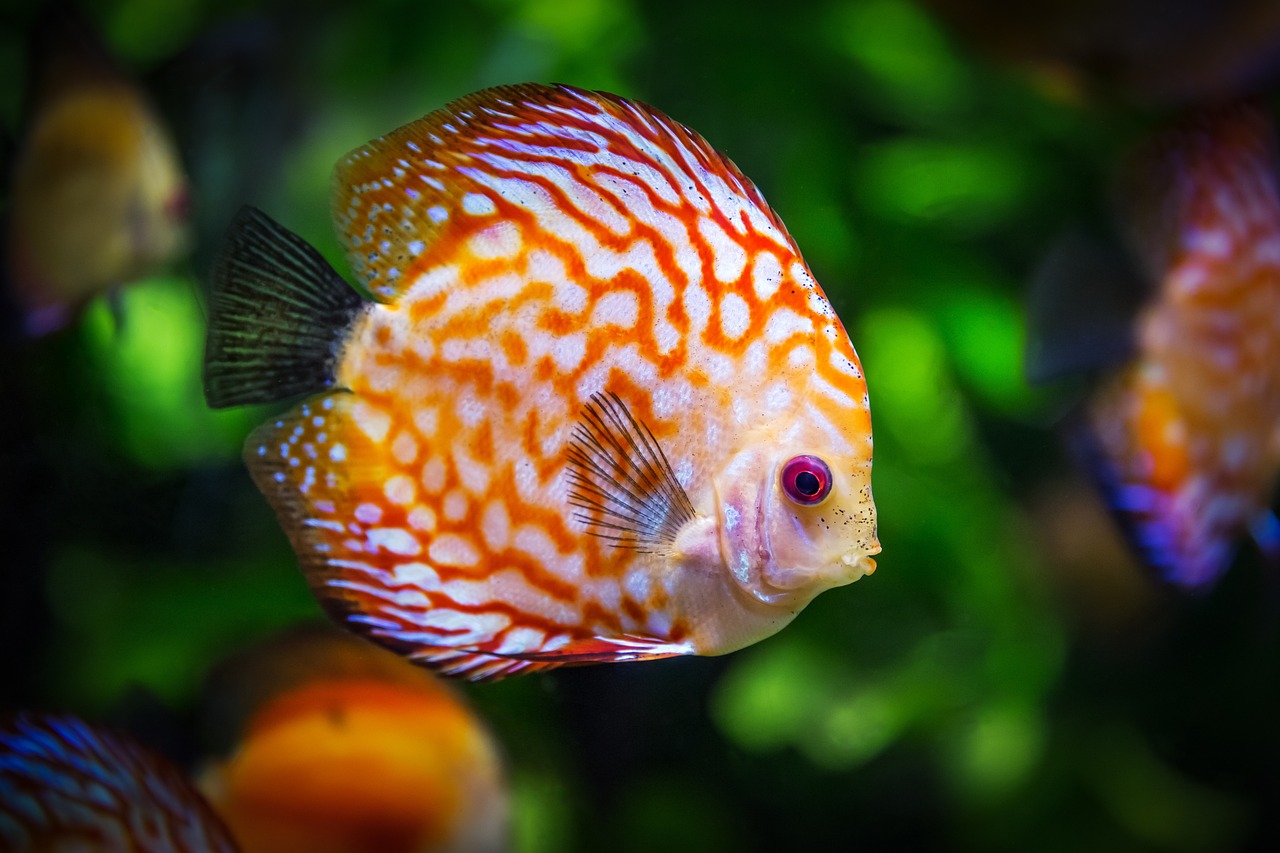Introduction
Aquariums enhance the beauty of our homes, providing a captivating and relaxing experience. However, to maintain the health and beauty of the aquarium’s inhabitants, it is necessary to understand the basic principles of aquarium care. We’ll explore the key aspects of caring for your aquarium to ensure your aquatic ecosystem thrives.
Proper Aquarium Selection
Assuring a successful setup starts with choosing the proper tank. Consider dimensions, form, and material. Larger tanks are generally more stable and forgiving. The form and material should match your decor and have enough room for your fish to swim. Glass or acrylic is the best choice.
Proper Filtration
Filtration is important to maintain water quality. It removes physical and chemical impurities, ensuring a healthy environment for your aquatic life. You should choose a filter that is appropriate for the size of your tank and follow a regular maintenance schedule to keep it functioning optimally.
Water Quality
It is important to maintain clean and healthy water. Changing the water regularly, usually about 10-25% of the tank’s volume every two to four weeks, helps remove excess waste and replenish essential minerals. Use a de-chlorinator to neutralize chlorine and chloramines in tap water before adding it to your aquarium.
Temperature and Lighting
Different aquatic species have different temperature and lighting requirements. Invest in a reliable heater and thermometer to consistently maintain the appropriate water temperature for your fish. With a timer to simulate the day-night cycle, the light should match the needs of your aquatic plants and inhabitants.
Substrate and Decoration
Selecting the right substrate and decorations can greatly enhance the aesthetics of your aquarium and provide a place to hide for your fish. Research the specific needs of your fish and plants to select the most appropriate substrate. Decorations such as rocks, driftwood, and artificial plants can add visual interest and mimic natural underwater habitats.
Water Test
Regular water testing is essential to monitor the water parameters in your aquarium. Test pH, ammonia, nitrite, and nitrate to ensure a stable and safe environment for your fish. Adjustments may be needed depending on the results.
Consumption and Nutrition
The proper diet you feed your fish is essential to their well-being. Since different species require different diets, research your fish’s needs, and feed them the appropriate food. Avoid overeating as this may contaminate the water supply.
Disease Immunity
Disease Prevention To reduce the risk of diseases, keep new fish isolated before introducing them to your main tank, maintain good hygiene in your aquarium, watch for any signs of illness in your fish, and seek professional help as needed.
Routine Maintenance
Consistent maintenance is the key to a thriving aquarium. Develop a routine for cleaning the glass, vacuuming the substrate, and pruning or replanting aquatic plants. It is also necessary to replace the filter media when it loses its effectiveness. The right diet is important for their health. Different species have different dietary requirements, so research your fish and feed them accordingly. Avoid eating too much food as it can contaminate the water.
Conclusion
Maintaining an aquarium takes time, patience, and dedication, but it is a rewarding and fulfilling hobby. By selecting the right equipment, maintaining water quality, and providing proper care and nutrition for your fish, you can create a beautiful and healthy aquatic habitat that will bring joy and peace to your home for years to come. Keep in mind, that since every aquarium is different, success depends on constant observation and modification.
